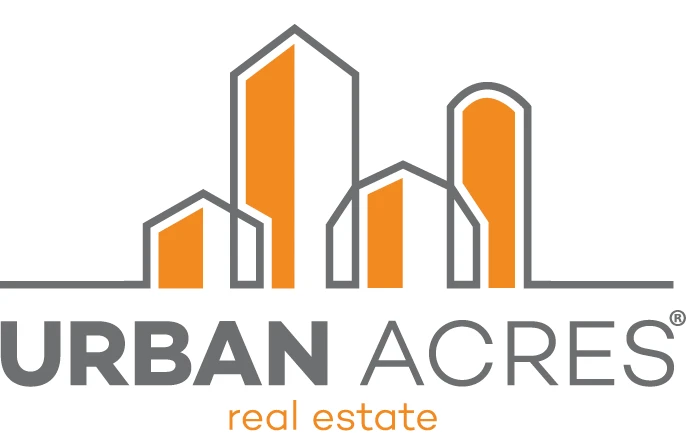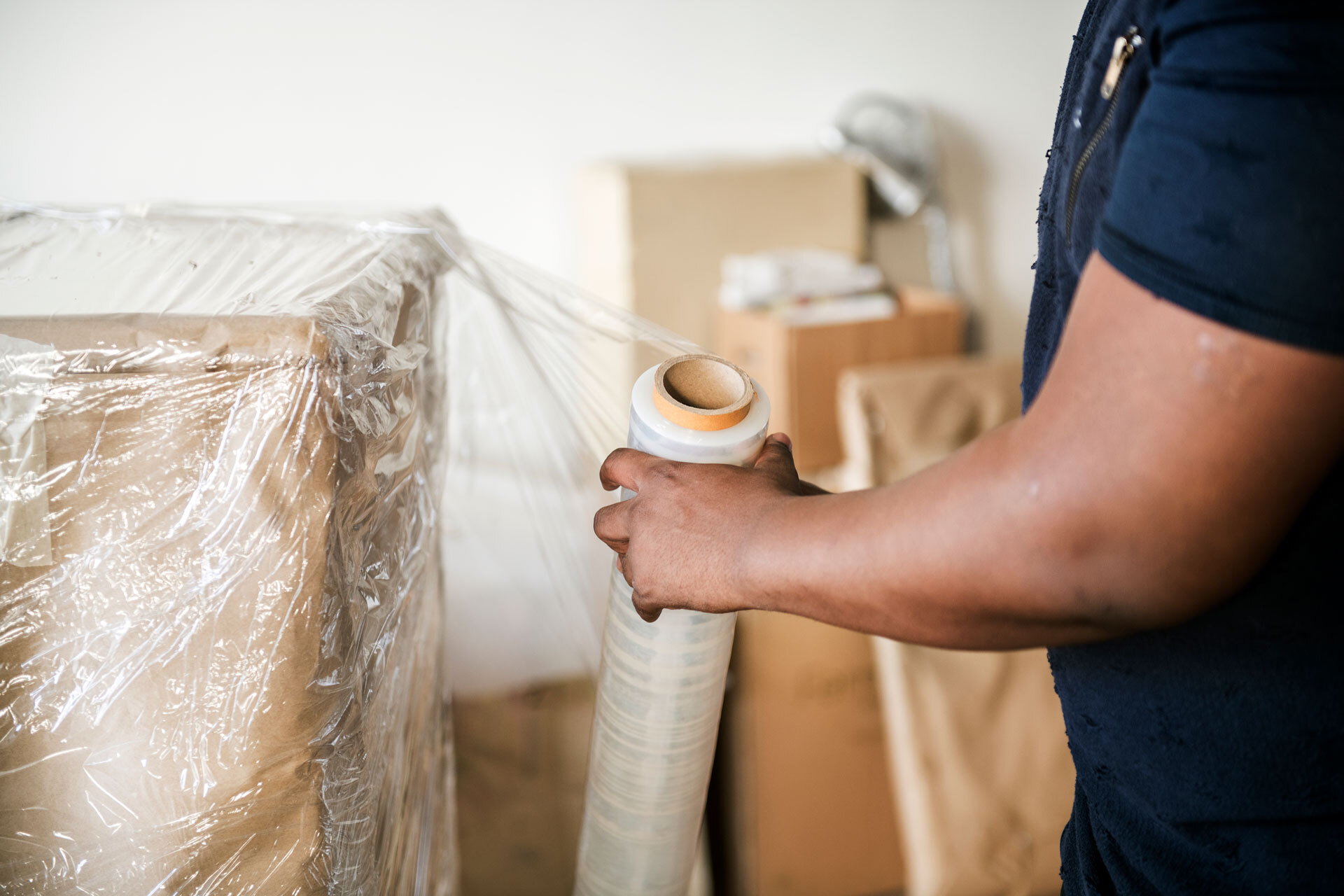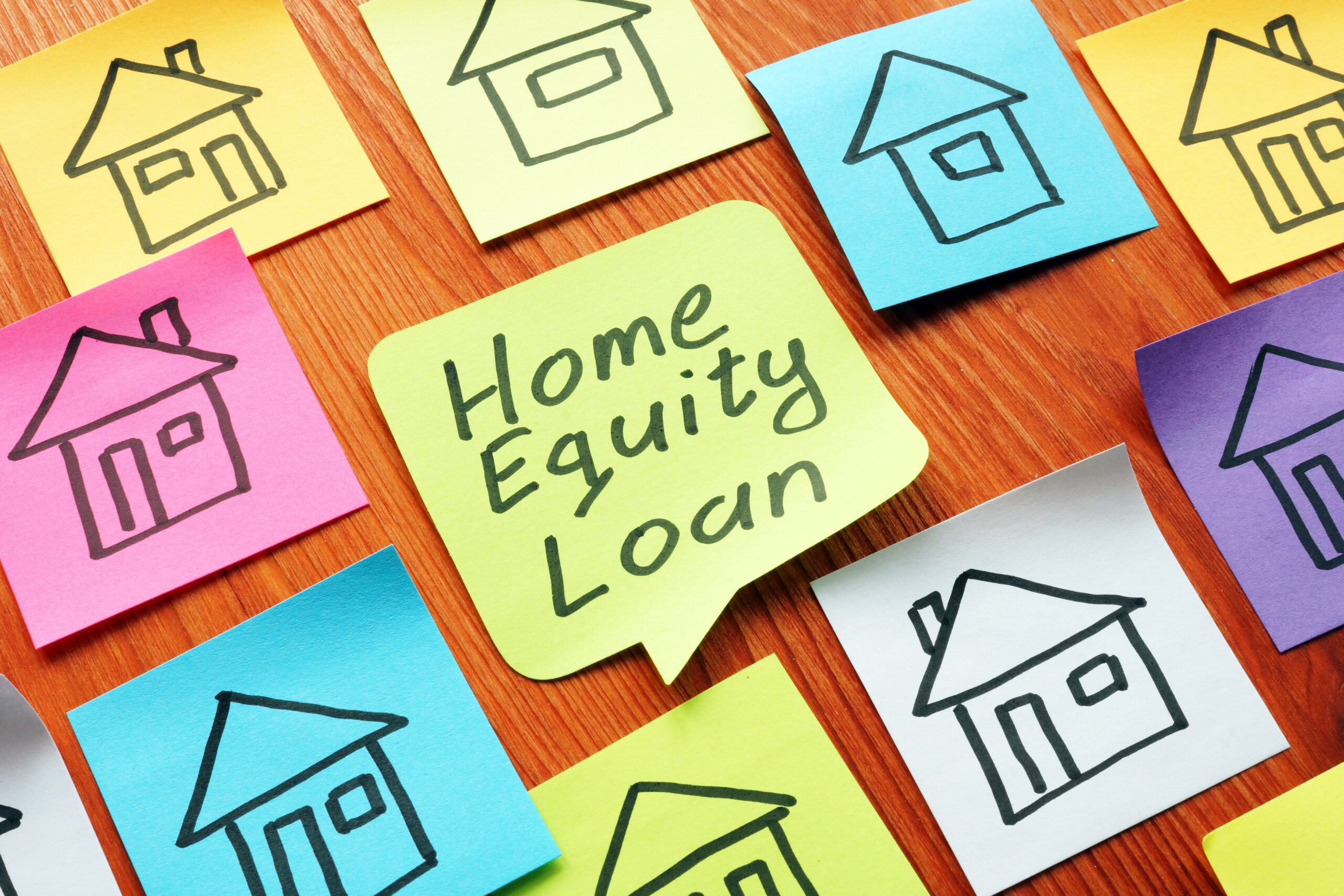You’ve been browsing real estate listings for months. You’ve been saving money. And you’ve almost memorized the Wayfair commercials on HGTV. You’re ready to buy the home of your dreams—now what? It’s time to get pre-approved for your mortgage.
The mortgage pre-approval is the first step in the home buying process. Before you can start narrowing down your options, you need to know how much you can afford. Even though you may already have a price range in mind, the bank may disagree. This is why it’s good to get pre-approved as early as possible. Real estate moves fast! Without pre-approval, you could see ‘the one’ get away from you in the middle of a bidding war.
Pre-Approval vs. Pre-Qualification
If you perform a Google search on getting pre-approved for a mortgage, you’ll likely see results for both pre-approval and pre-qualification. What’s the difference?
Pre-qualification is an informal process that provides a more general idea of what you can afford. A mortgage professional might ask you questions about your assets, income, and expenses.
Pre-approval, on the other hand, signifies that a lender has verified your credit and documentation. It helps the lender determine what loan programs you’ll qualify for, how much you can borrow, and what interest rates you’ll be offered. Plus, it can give you an advantage if you’re competing against buyers for the same home.
Steps in the Pre-Approval Process
To get started, find a mortgage lender. We recommend choosing a local lender. Many internet-based lenders promise an easy application process and quick approvals, which can be tempting for aspiring home buyers who are always on the go. However, local lenders can provide a level of personal service, specialized expertise in the local real estate market, and community reputation that internet lenders simply can’t compete against. Your realtor can recommend a responsible local lender if you aren’t sure which one to choose.
After you’ve chosen a lender, you’ll be asked to fill out a loan application. Here’s the documentation you’ll likely be asked to provide during the pre-approval process:
- Proof of income
- Proof of assets including bank statements and investment account statements
- Credit score
- Employment verification
- Other documentation including your driver’s license and social security number (SSN)
Why You Should Get Pre-Approved
The mortgage pre-approval process is important for a variety of reasons. When your house hunt gets down to the final few property contenders, a pre-approval letter is like your VIP pass to the bidder’s party. Most sellers require potential buyers to have pre-approval before they’ll even consider an offer. It also speeds up the final mortgage approval process, which can take several weeks. The pre-approval process itself can take as little as a few days or up to several months if complications like low credit scores and outstanding IRS debt come into play.
What to Avoid During Pre-Approval
During the pre-approval process, lenders consider various factors to determine your ability to repay your loan. Following the tips below will increase your chances of making a good impression on your lender and getting pre-approved:
- Avoid quitting or changing jobs.
- Steer clear of major purchases.
- Say no to credit card offers.
- Make credit card and loan payments on time.
- Don’t deposit large amounts of unaccounted cash into your bank accounts.
What Happens Next?
If all goes well, you’ll get pre-approved, find a home you love, and make an offer. Keep in mind that pre-approval letters are typically only valid for 60 to 90 days. You may need to fill out a new mortgage application and resubmit your paperwork if this deadline has passed.
But let’s assume you find a home right away and put in your offer. As soon as your offer is accepted, you’ll need to apply for a loan. Here are the next steps you can expect as you apply for a mortgage.
- Mortgage Processing: Your loan application will be sent to a loan assistant, who will verify and validate the information you’ve provided.
- Mortgage Underwriting: The underwriting department will review your application to ensure the loan package conforms to the required guidelines, and they’ll also review the appraisal and title report.
- Conditions to Close: Once ready, your underwriter will send a ‘conditions to close’ to your loan officer.
- Clear to Close: These three sweet words mean you’re ready to schedule your closing! ‘Clear to Close’ is one of the final stages before your loan is funded.
- Draw Documents: After the official closing date is scheduled, a mortgage loan assistant will prepare your file for closing. You’ll then meet and sign the papers. Now you can start furniture shopping for your new home.
Final Consideration
Your lender has the final say on what type of home you can afford. However, it’s also important to think about what makes the most sense for you—on paper, you might be able to afford a certain monthly payment, but in reality, a higher payment might leave you strapped for cash.
Have additional questions about the mortgage pre-approval process? Reach out and send us your questions, or check out our Dictionary of Real Estate Terms and Roles for some other common real estate terminology.





